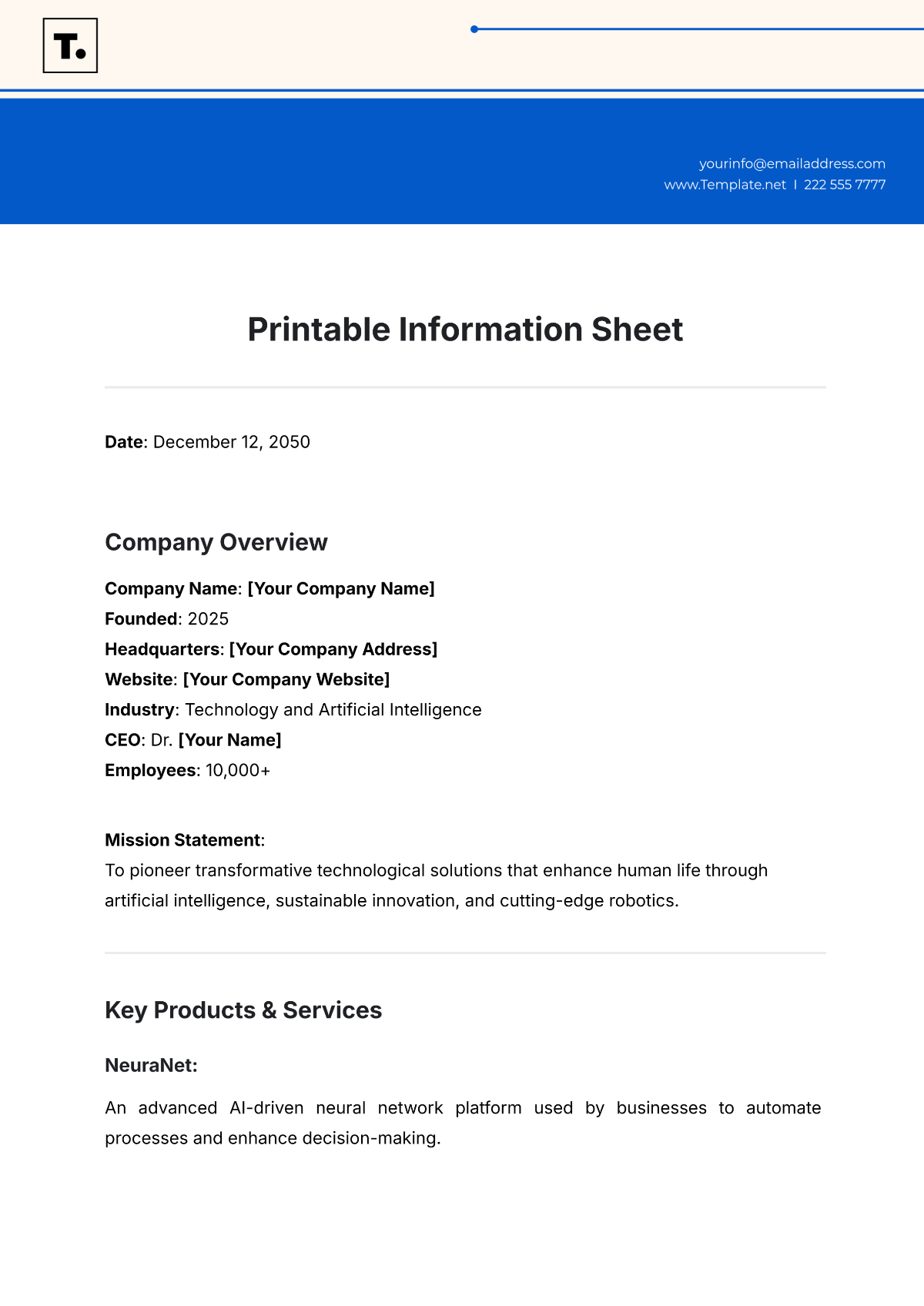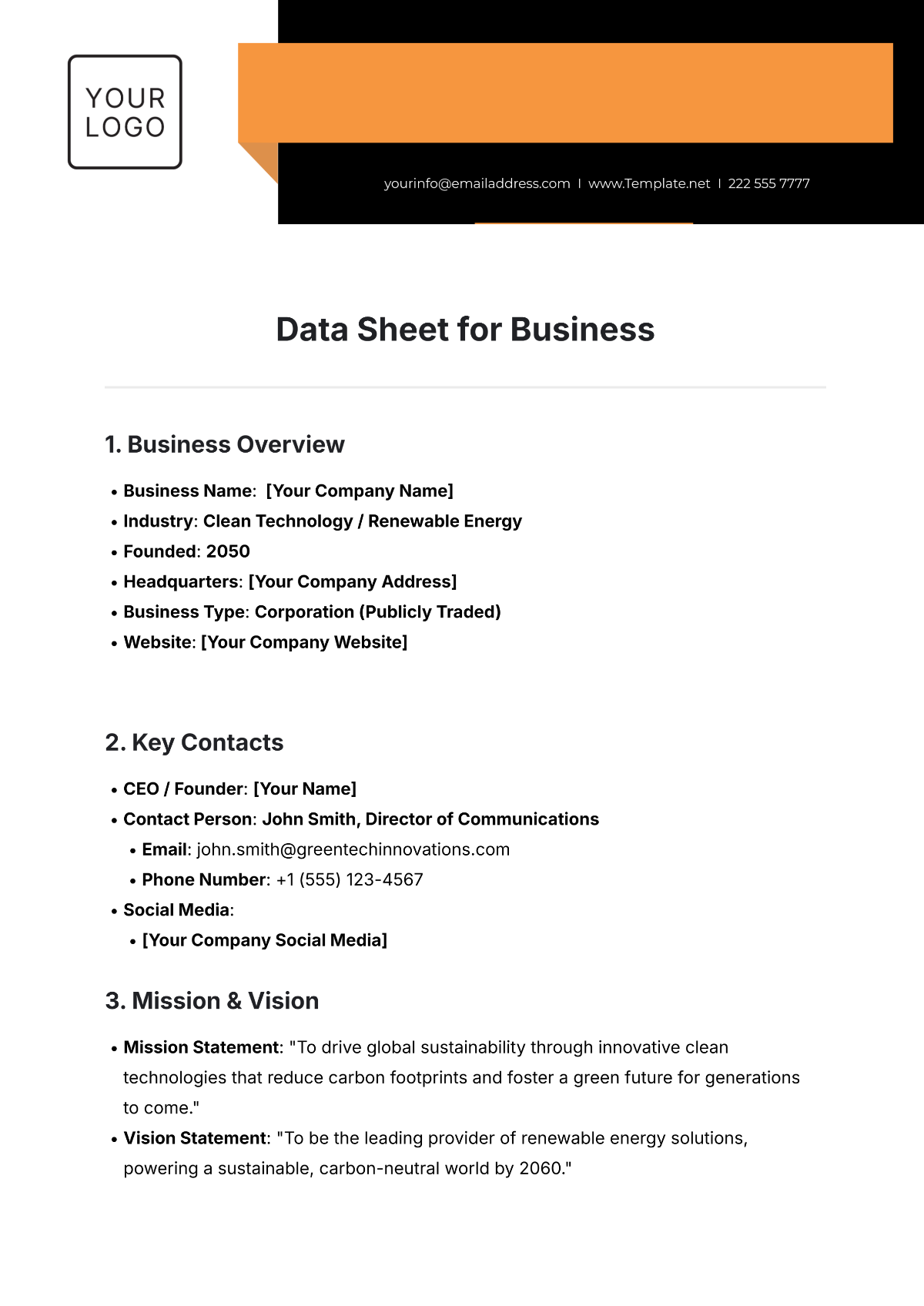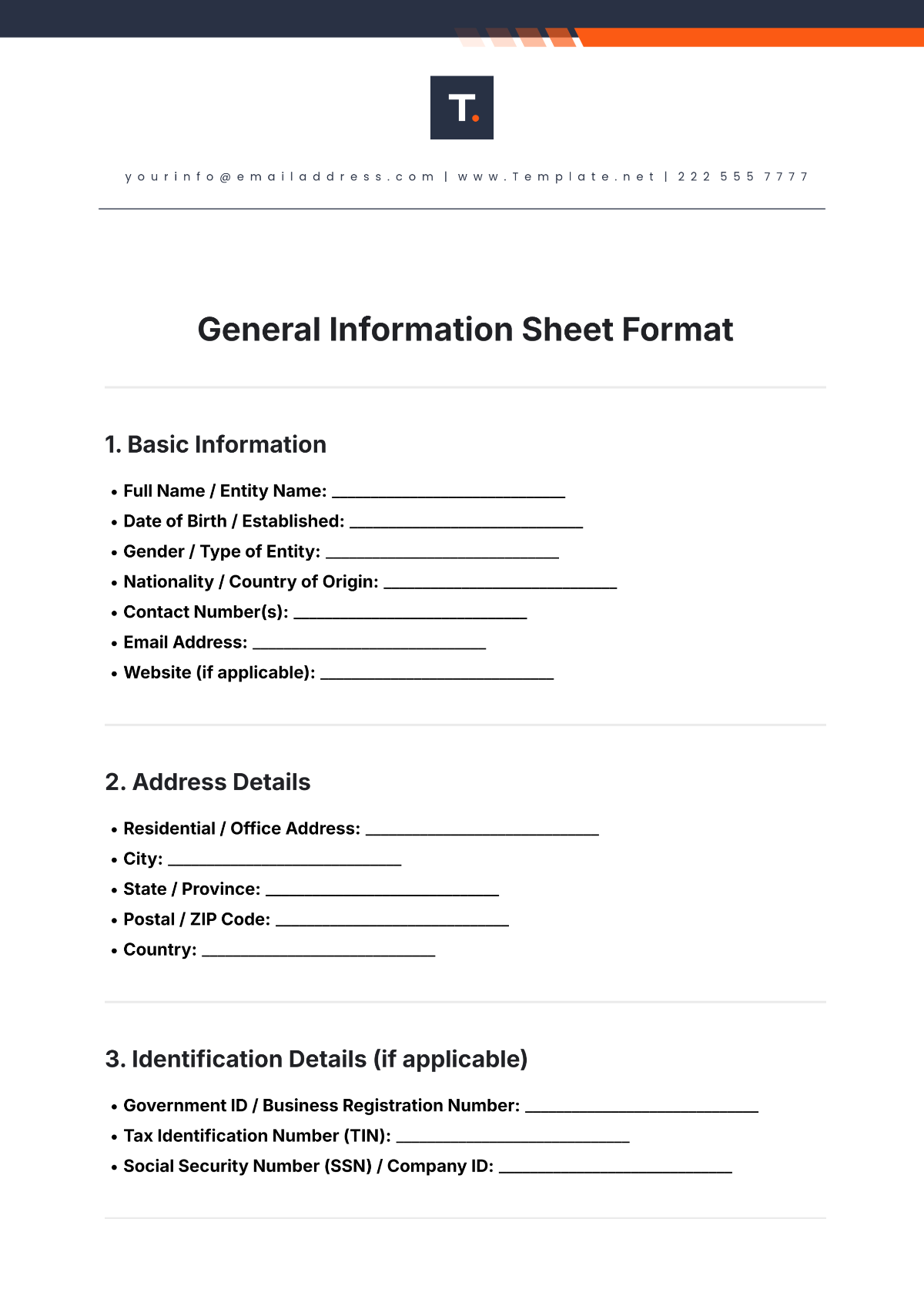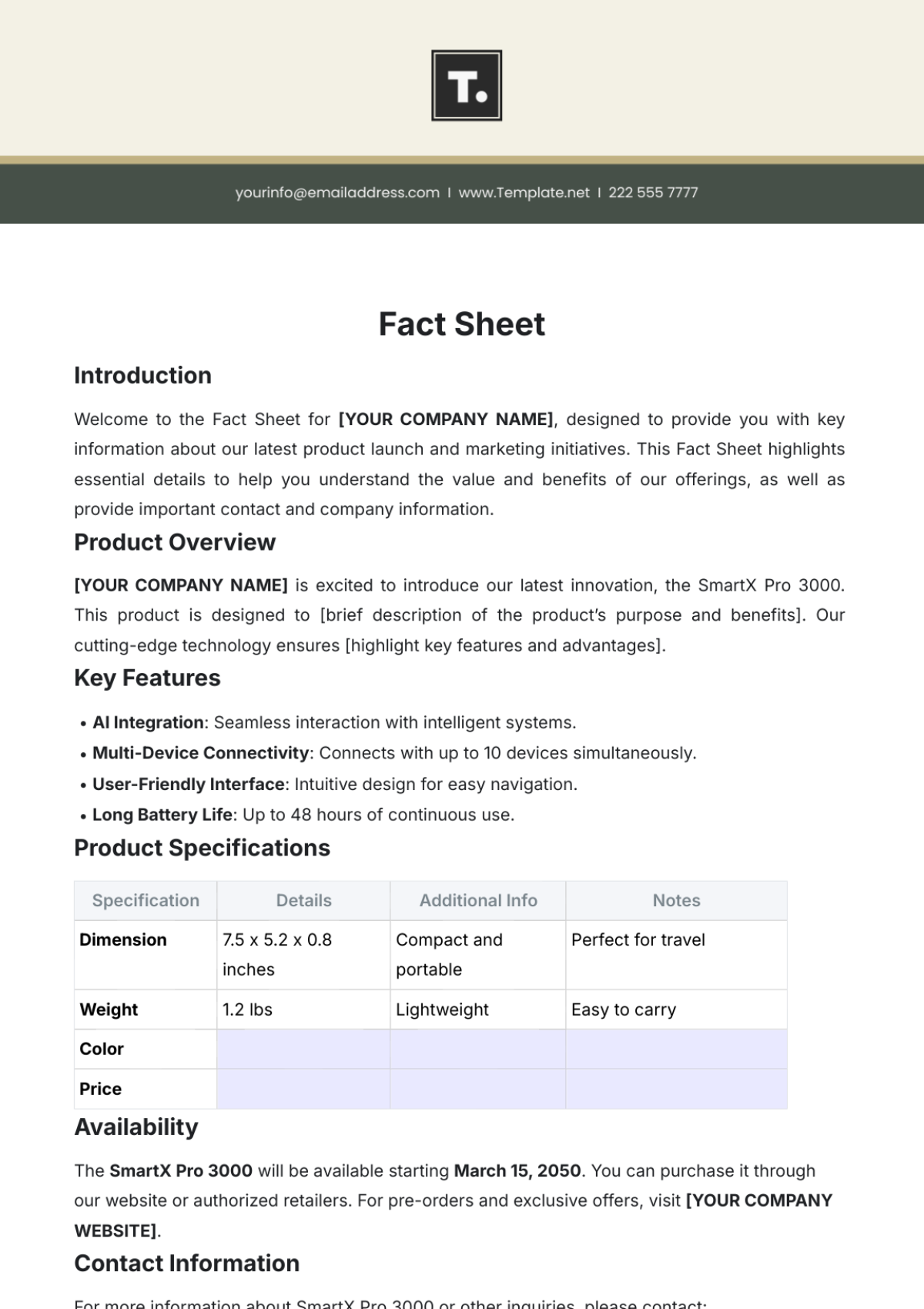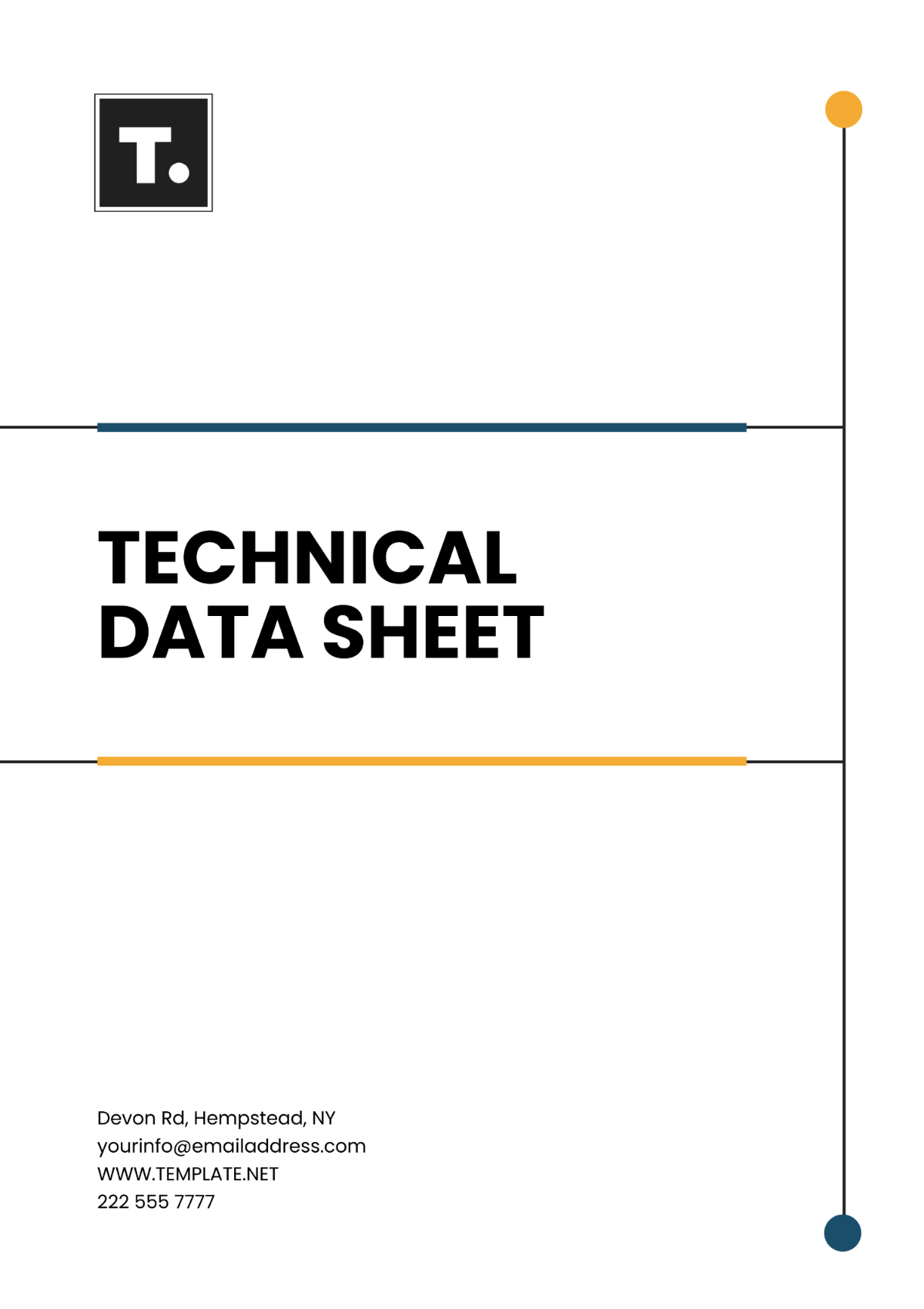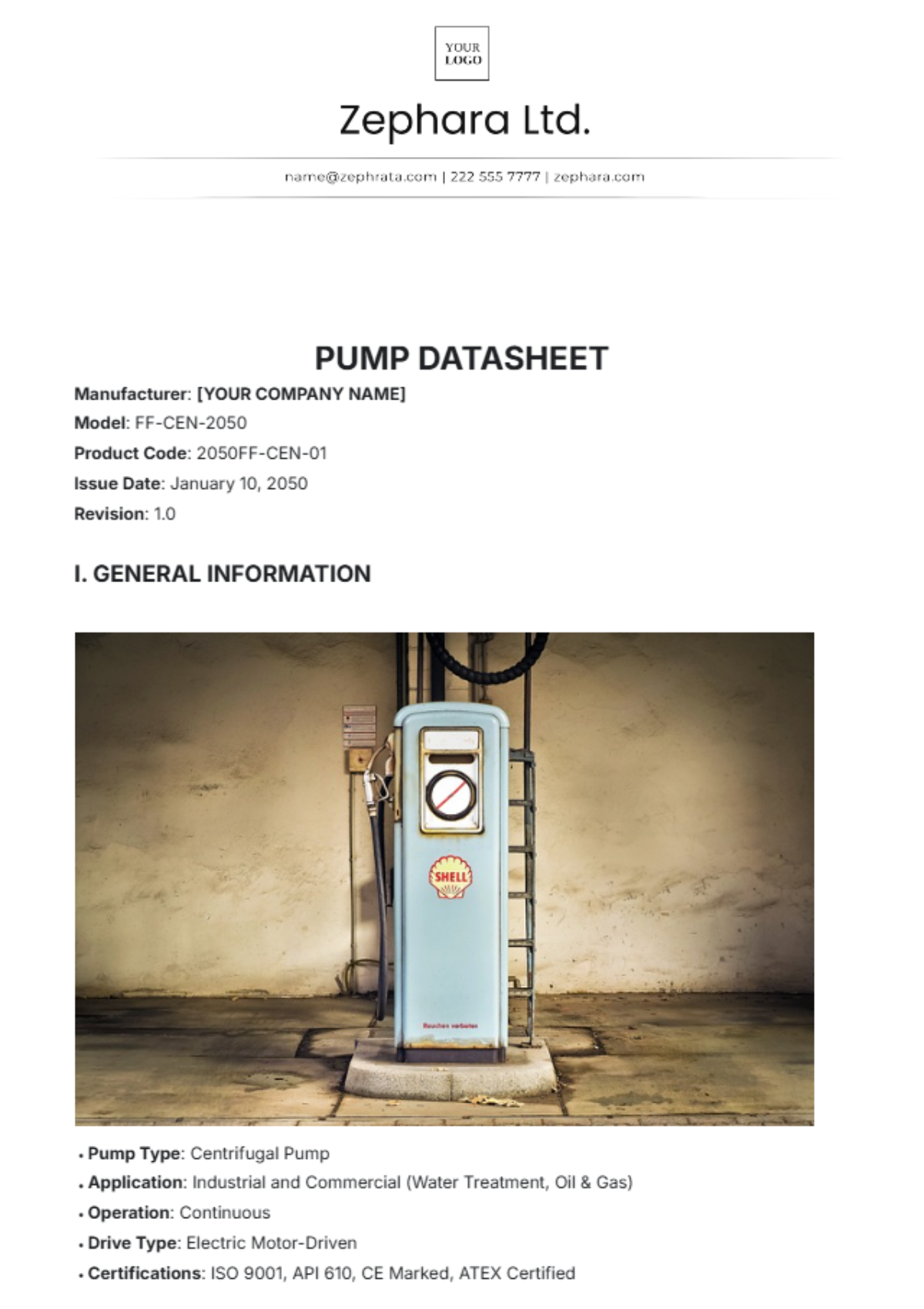Customizable Information Sheet
Date: January 1, 2050
Topic: Future of Urban Transportation in 2050
Overview:
The future of urban transportation in 2050 has evolved significantly, driven by advancements in technology, sustainability efforts, and the need to address growing urbanization challenges. In 2050, cities across the globe have transformed their transportation infrastructures to become more efficient, eco-friendly, and integrated with cutting-edge innovations. This information sheet provides a snapshot of the major trends and developments in urban mobility.
Key Developments:
Autonomous Vehicles (AVs):
By 2050, self-driving cars, buses, and trucks will become the standard mode of transportation in most cities. These vehicles are powered by renewable energy sources, ensuring minimal environmental impact. AVs are seamlessly integrated into urban traffic, reducing congestion and improving road safety.Electric and Hydrogen-Powered Public Transit:
Public transportation systems, including buses, trams, and metro trains, have transitioned to electric and hydrogen fuel cell technologies. This shift has significantly reduced air pollution and noise levels in urban centers, improving the overall quality of life for residents.Hyperloop Networks:
The development of Hyperloop transportation systems has revolutionized long-distance travel. Cities in North America, Europe, and Asia have connected to regional Hyperloop routes that can transport passengers at speeds of over 700 miles per hour, reducing travel times dramatically.Shared Mobility Solutions:
Ride-sharing platforms and micro-mobility services (like e-scooters, bikes, and pods) dominate urban transportation. These shared services are easily accessible through mobile apps and are affordable alternatives to traditional car ownership.Smart Infrastructure:
Smart traffic management systems powered by AI and IoT (Internet of Things) technologies optimize traffic flow and reduce accidents. Real-time data from sensors embedded in roads and vehicles helps cities respond to traffic conditions dynamically.
Environmental Impact:
Carbon Neutrality:
By 2050, the global goal of carbon neutrality in urban transportation has been largely achieved. All major transportation modes, including personal vehicles, buses, and trains, are carbon-neutral or use renewable energy.Reduction in Congestion:
Smart urban planning, coupled with the widespread adoption of autonomous vehicles and efficient public transit, has drastically reduced traffic congestion in large metropolitan areas.Green Urban Spaces:
Cities have been redesigned with a focus on pedestrian-friendly zones, cycling infrastructure, and green public spaces that encourage walking and reduce the need for short-distance car travel.
Challenges:
Cybersecurity:
As transportation systems become more connected, the risk of cyber-attacks on autonomous vehicles and smart infrastructure grows. Ensuring the security and privacy of passenger data remains a critical concern.
Infrastructure Upgrades:
Despite the progress, cities in developing nations face challenges in implementing the required infrastructure to support advanced transportation systems. Investment in new technologies and urban planning remains essential.
Future Outlook:
The next decades are expected to bring further advancements in quantum computing and AI, which will make transportation systems even more efficient and personalized. The integration of virtual reality and augmented reality into transportation experiences may also open up new possibilities for interactive and seamless travel.
Contact Information:
For further details, please contact:
[Your Company Name]
Email: [Your Company Email]
Phone: [Your Company Number]






